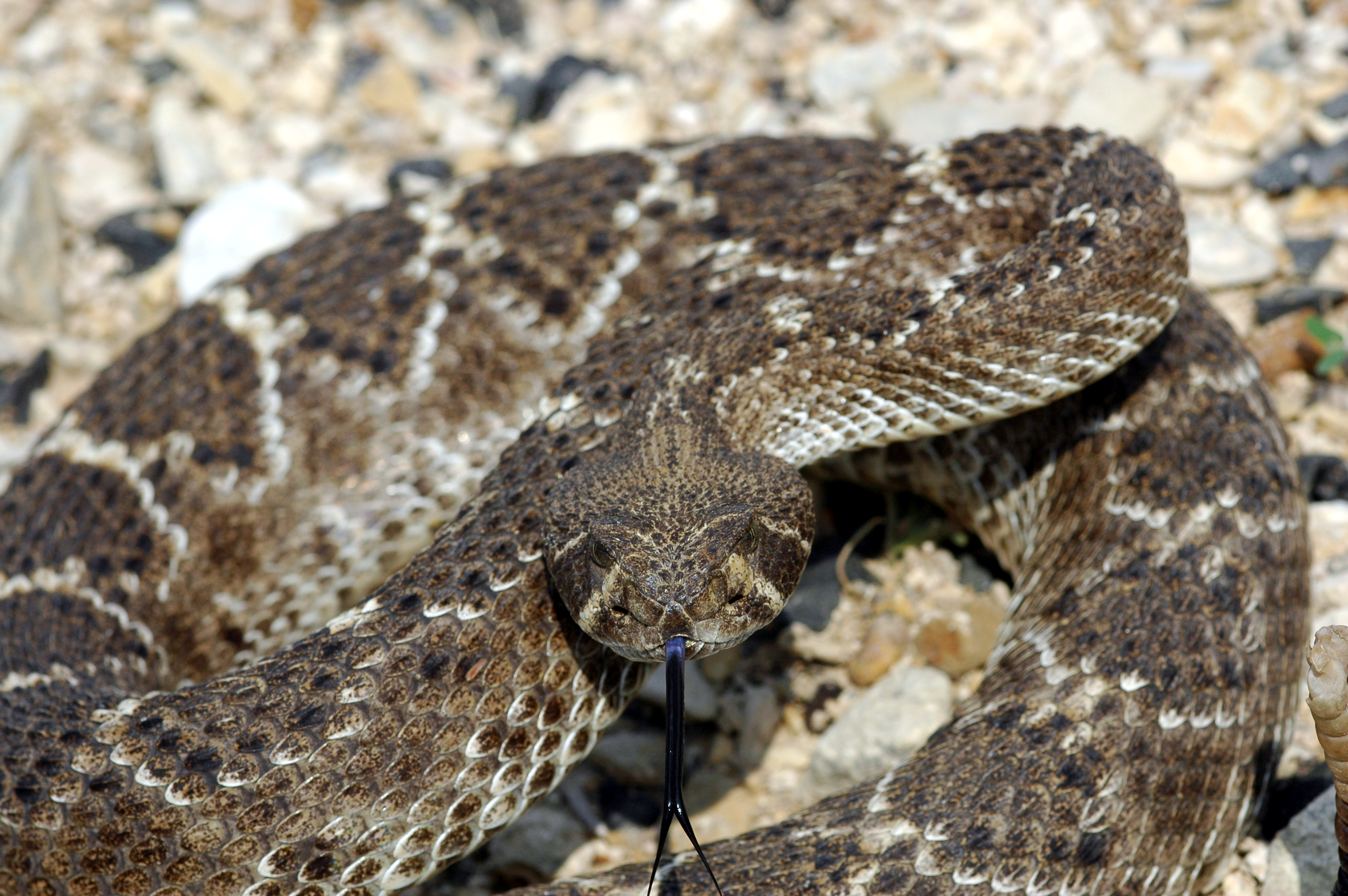We know that all kinds of diamondback snakes include this Western Diamondback Rattlesnake are venomous or poisonous snakes that their venom or poisons can harms people's life, they are also one of most dangerous snakes in the world.
Western diamondback rattlesnake is called Crotalus atrox, the "western diamondback rattlesnake", is usually a venomous rattlesnake species found in the United states of America and Mexico. Chances are to blame for virtually all snakebite fatalities in northern Mexico and the second greatest number in america after C. adamanteus. No subspecies are still recognized.
Western Diamondback Rattlesnake





Western diamondback rattlesnake will be the largest rattlesnake species and, in line with the Guinness Book of World Records, could be the heaviest venomous snake. The heaviest known specimen, measuring 7.8 feet (2.4 m) long, was shot in 1946 and weighed 15.4 kilograms (34 lb). Maximum reported lengths are 8 feet (2.4 m) and 8.25 feet (2.5 m. However, the stated maximum sizes are already called into question because of a deficit of voucher specimens.
These snakes frequently shelter in mammal and gopher turtle burrows, emerging early in the day or afternoon to bask. Like rattlesnakes, this species is terrestrial and not good at climbing. However, they've once in a while been reported in bushes and trees, apparently looking for prey. Even large specimens are spotted just as much as 10 m above the soil.
This rattlesnake inhabits upland dry pine forest, pine and palmetto flatwoods, sandhills and coastal maritime hammocks, Georgia pine/European turkey oak habitats, grass-sedge marshes and swamp forest, cypress swamps, mesic hammocks, sandy mixed woodlands, xeric hammocks, and salt marshes, along with wet prairies during dry periods. In numerous areas, they appear to utilize burrows produced by gophers and gopher tortoises in the summer and winter.